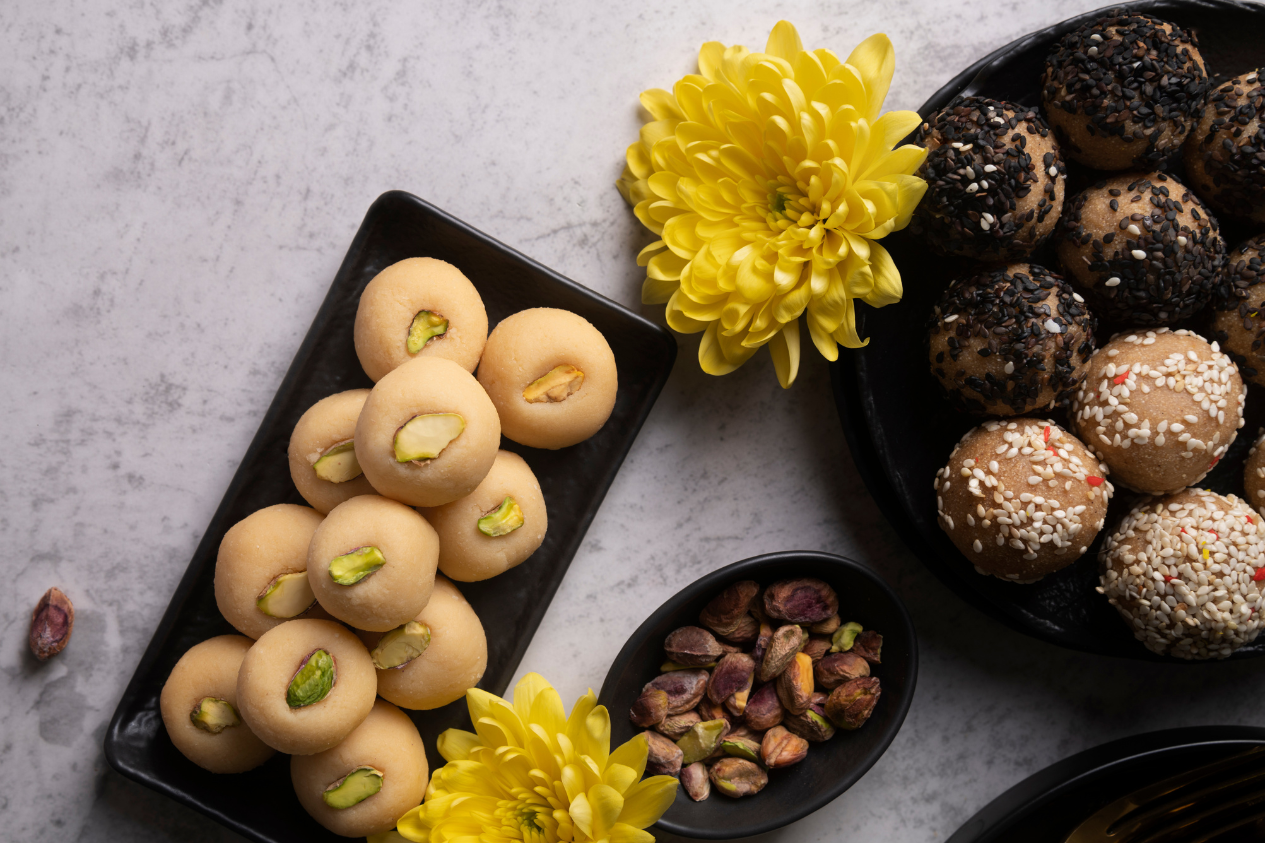
Navratri Special: 10 Regional Indian Sweets You Can Make at Home
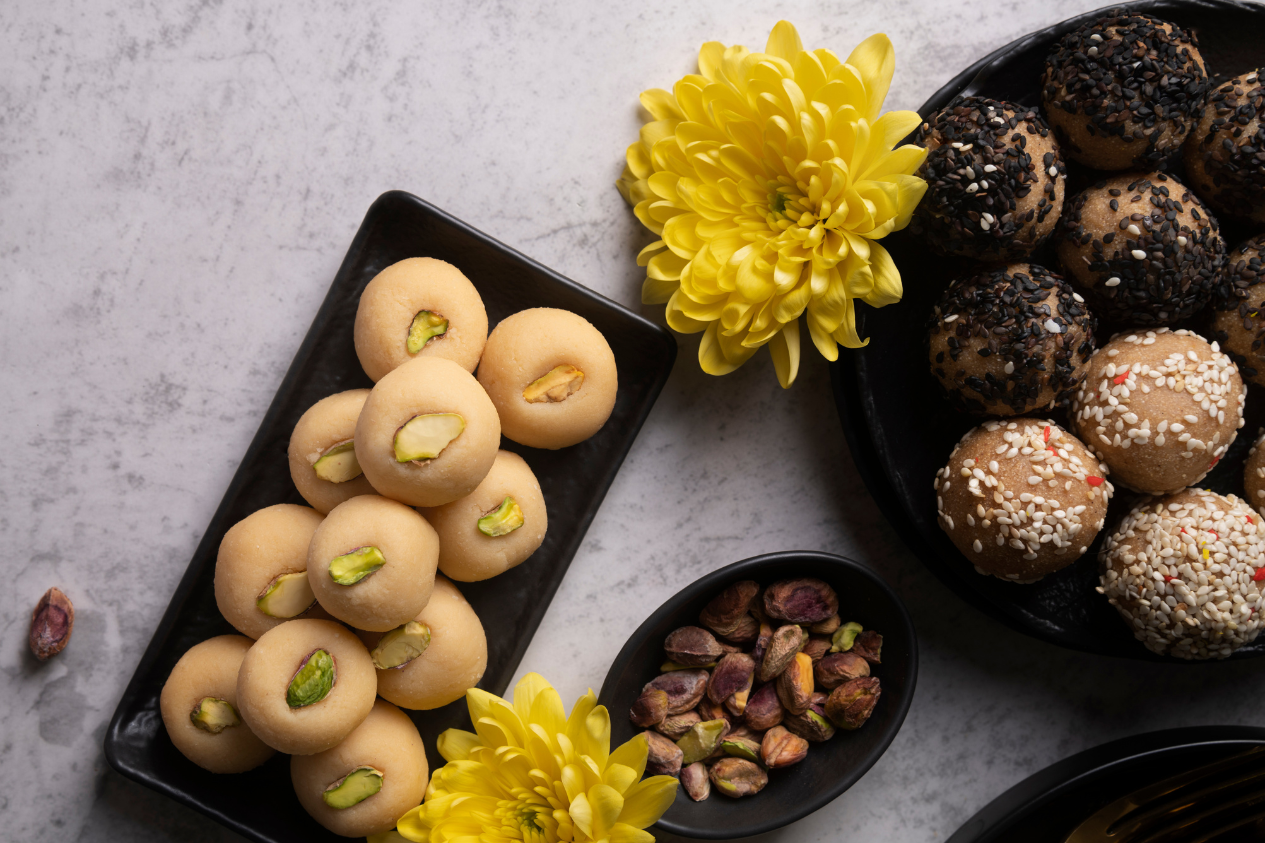
Nine nights of music, dance, spirituality, and, of course, food make up Navratri, which is more than just a festival. People in India celebrate Navratri in a variety of ways, and this diversity is reflected in the cuisine. Festive sweets are an equally important part of the celebration, even though fasting (vrat) foods tend to take centre stage. From Gujarat’s garba nights to Bengal’s Durga Puja pandals, sweets mark joy, community, and devotion.
Why not attempt a little culinary exploration this Navratri by preparing ten regional Indian sweets at home? Perfect for sharing with family, offering to deities, or indulging after a night of dancing, each sweet has its own unique flavour, story, and festive charm.
Foodism is here with different regional sweets you can try at home this Navratri -
1. Sabudana Kheer (Maharashtra)
Sabudana kheer is one of the most loved vrat desserts in Maharashtra. Creamy, light, and aromatic, sabudana kheer is perfect as a Navratri prasad or after a long day of fasting.
Ingredients for Sabudana Kheer:
- ½ cup sabudana (tapioca pearls)
- 4 cups full-fat milk
- ½ cup sugar or grated jaggery
- ½ tsp cardamom powder
- 8–10 strands saffron
- 2 tbsp ghee
- 10–12 cashews
- 10–12 raisins
Method for Sabudana Kheer:
- Wash and soak sabudana for 2–3 hours until the pearls turn translucent.
- In a thick-bottomed pan, heat ghee and fry cashews and raisins. Remove and keep aside.
- Boil milk and add the soaked sabudana. Simmer on low flame until sabudana turns soft and transparent.
- Stir continuously to prevent sticking. Add saffron soaked in warm milk for a rich colour.
- Sweeten with sugar or jaggery and mix until well combined. Finally, add cardamom powder and garnish with fried dry fruits.
- Pro Tip for Sabudana Kheer: Always soak sabudana well—undercooked pearls will make the sabudana kheer chewy instead of creamy.
2. Kuttu Atta Halwa (North India)
Kuttu atta halwa is a wholesome Navratri sweet made from buckwheat flour. It’s rich, nutty, and loaded with festive flavours.
Ingredients for Kuttu Atta Halwa:
- 1 cup kuttu atta (buckwheat flour)
- ½ cup ghee
- ¾ cup sugar or jaggery
- 3 cups water
- ½ tsp cardamom powder
- 8–10 chopped almonds
Method for Kuttu Atta Halwa:
- Heat ghee in a heavy pan, add kuttu atta, and roast on a low flame until golden brown and fragrant.
- In another pan, boil water with sugar/jaggery.
- Slowly pour the hot syrup into the roasted flour, stirring continuously to avoid lumps.
- Cook until the halwa thickens and leaves the sides of the pan.
- Add cardamom and garnish with almonds.
- Pro Tip for Kuttu Atta Halwa: Roasting the flour slowly is key—this enhances the nutty flavour and prevents a raw taste.
3. Rajgira Ladoo (Madhya Pradesh)
Rajgira ladoo or amaranth seed ladoo is a crunchy, sweet snack perfect for Navratri. These bite-sized rajgira ladoos are rich in protein and minerals.
Ingredients for Rajgira Ladoo:
- 1 cup rajgira seeds
- ¾ cup grated jaggery
- 1 tsp ghee
Method for Rajgira Ladoo:
- Dry roast rajgira seeds until they pop. Set aside.
- Heat jaggery in a pan with a few drops of water until it reaches hard-ball consistency.
- Mix in roasted rajgira and stir quickly.
- Grease your palms with ghee and shape into small ladoos.
- Pro Tip for Rajgira Ladoo: Test jaggery consistency by dropping syrup into water—it should form a hard ball before mixing with rajgira.
4. Chhena Poda (Odisha)
Chhena poda, Odisha’s pride, is a roasted cottage cheese dessert with a caramelised crust.
Ingredients for Chhena Poda:
- 500 g fresh chhena (paneer)
- 1 cup sugar or jaggery
- ½ tsp cardamom powder
- 1 tbsp semolina
- 10–12 cashews, chopped
- Banana leaves or parchment paper
Method for Chhena Poda:
- Knead paneer with sugar until smooth.
- Mix in semolina, cardamom, and nuts.
- Line a baking tin with banana leaves, pour the mixture, and bake at 180°C for 40–45 minutes until golden brown.
- Cool slightly before cutting.
- Pro Tip for Chhena Poda: For authentic flavour, wrap in banana leaves before baking to get smoky notes.
5. Basundi (Gujarat/Maharashtra)
Basundi is a creamy milk-based sweet, flavoured with saffron and nuts, perfect for Navratri nights after garba.
Ingredients for Basundi:
- 1 litre of full-fat milk
- ½ cup sugar
- ¼ tsp saffron strands
- ½ tsp cardamom powder
- 10 almonds, chopped
- 10 pistachios, chopped
Method for Basundi:
- Boil milk in a heavy-bottomed pan and simmer on a low flame.
- Stir constantly until the milk reduces to half.
- Add sugar, saffron, cardamom, and nuts.
- Chill before serving.
- Pro Tip for Basundi: Stir milk regularly to prevent sticking and enhance creaminess.
6. Kesari (Tamil Nadu)
Rava kesari, also called kesari bath, is a golden semolina dessert loved in South India during Navratri.
Ingredients for Rava Kesari:
- 1 cup rava (semolina)
- 2 ½ cups water
- ¾ cup sugar
- ¼ cup ghee
- ¼ tsp saffron strands
- ½ tsp cardamom powder
- Cashews and raisins
Method for Rava Kesari:
- Roast rava in ghee until aromatic.
- In another pan, boil water with saffron.
- Slowly add roasted rava, stirring continuously.
- Add sugar, cardamom, fried cashews, and raisins.
- Cook until the mixture thickens and leaves the sides.
- Pro Tip for Rava Kesari: Always add sugar after rava is cooked, else it may remain grainy.
7. Payasam (Kerala)
Palada payasam is Kerala’s creamy rice-flake pudding served during festivals and Navratri golu.
Ingredients for Payasam:
- 1 cup rice ada (rice flakes)
- 1 litre of full-fat milk
- ¾ cup sugar
- ¼ tsp cardamom powder
- 1 tbsp ghee
- Cashews and raisins
Method for Payasam:
- Cook rice in boiling water until soft. Drain and set aside.
- Boil milk, add ada, and simmer until thick and creamy.
- Sweeten with sugar, add cardamom, and garnish with fried dry fruits.
- Pro Tip for Payasam: Stir continuously for a smooth, rich texture—patience gives the best payasam.
8. Sandesh (West Bengal)
Sandesh is Bengal’s divine Navratri sweet made with fresh paneer (chhena).
Ingredients for Sandesh:
- 500 g fresh chhena
- ¾ cup powdered sugar
- ¼ tsp cardamom powder
- Saffron strands
Method for Sandesh:
- Mash chhena until smooth.
- Cook on low flame with sugar until the mixture thickens.
- Flavour with cardamom and saffron.
- Shape into small flat rounds or festive motifs.
- Pro Tip for Sandesh: Do not overcook chhena, else sandesh will turn grainy.
9. Thekua (Bihar/Jharkhand)
Thekua is a rustic, deep-fried sweet made with jaggery and wheat flour, perfect for Navratri.
Ingredients for Thekua:
- 2 cups whole wheat flour
- 1 cup jaggery
- 2 tbsp ghee
- ½ tsp fennel seeds
- Oil/ghee for frying
Method for Thekua:
- Melt jaggery in a little water and cool.
- Mix with flour, ghee, and fennel to form a stiff dough.
- Roll into discs and deep fry on medium flame.
- Pro Tip for Thekua: Fry slowly for even cooking—this gives thekua its chewy centre and crisp edges.
10. Malpua with Makhana (Uttar Pradesh/Bihar)
Makhana malpua is a vrat-special twist on the classic malpua, made with fox nuts and jaggery.
Ingredients for Makhana Malpua:
- 1 cup powdered makhana
- ½ cup milk
- ½ cup jaggery syrup
- ½ tsp cardamom powder
- Ghee for frying
- Sugar syrup (optional)
Method for Makhana Malpua:
- Grind roasted makhana into fine powder.
- Mix with milk, jaggery syrup, and cardamom to make a smooth batter.
- Heat ghee, pour batter to form small pancakes, and fry until golden.
- Dip in sugar syrup or serve plain with rabri.
- Pro Tip for Makhana Malpua: Fry on low-medium flame for even browning—serve hot for best taste.
India's culinary and cultural diversity is at its peak during Navratri. Every region adds joy to the nine nights of devotion with its own celebrations, flavours, and sweets. In addition to enjoying festive flavours, you're also preserving centuries-old customs by making these ten regional Indian sweets at home.
A plate of homemade candies adds sweetness to any occasion, whether you're fasting, dancing the night away, or just enjoying the holiday vibes. This Navratri, allow your kitchen to become a festive area where dessert and devotion coexist.
After all, what would Navratri be without a hint of sweetness in each bite? Download Foodism and share your Navratri creations with our vibrant food community.
Related Blogs
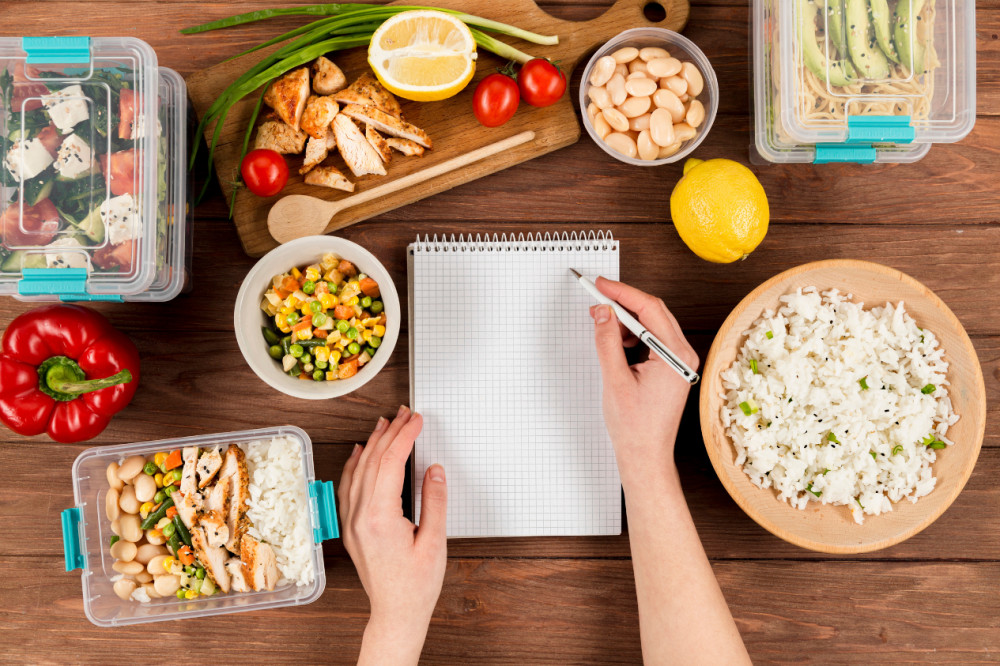
Meal-Prep Magic: Dinners You Can Plan for the Week
96 Views
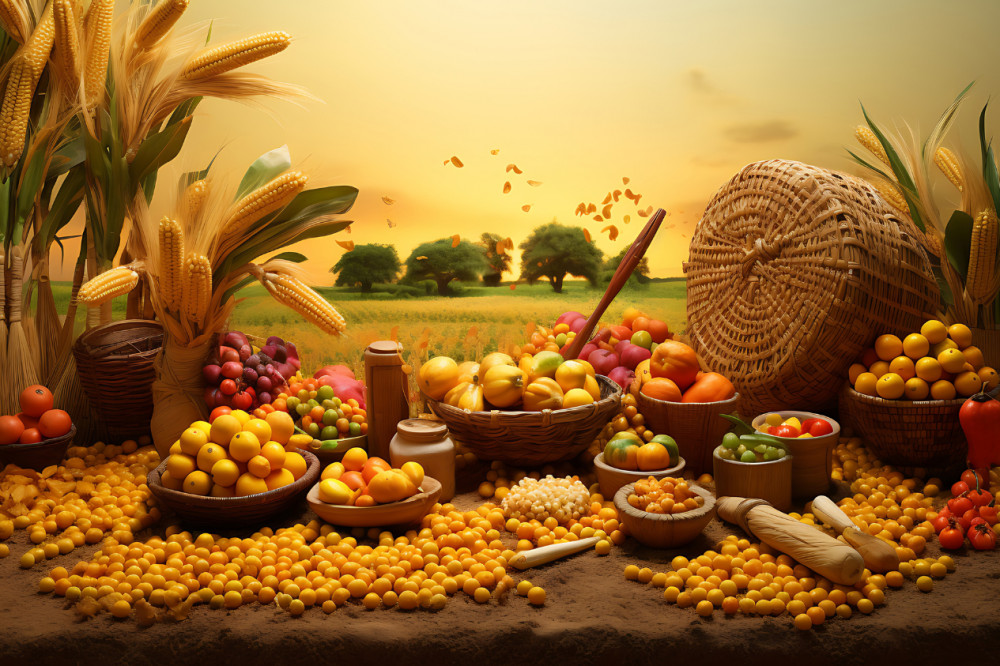
Flavours of Mizoram: The Harvest Table You Need to Try
144 Views
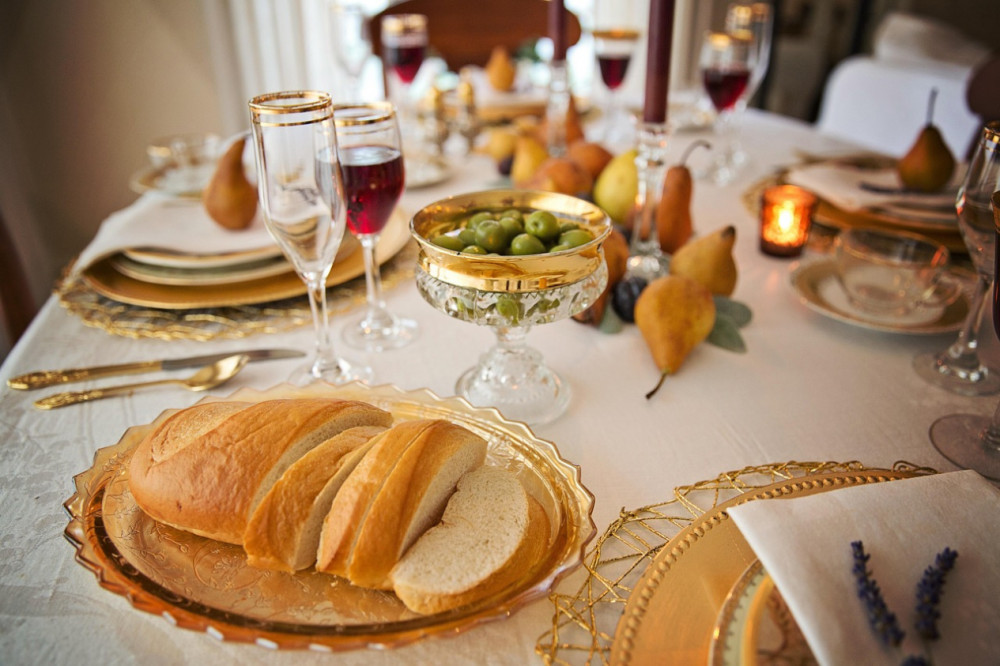
Fusion Thanksgiving: India-Inspired Global Feast
137 Views
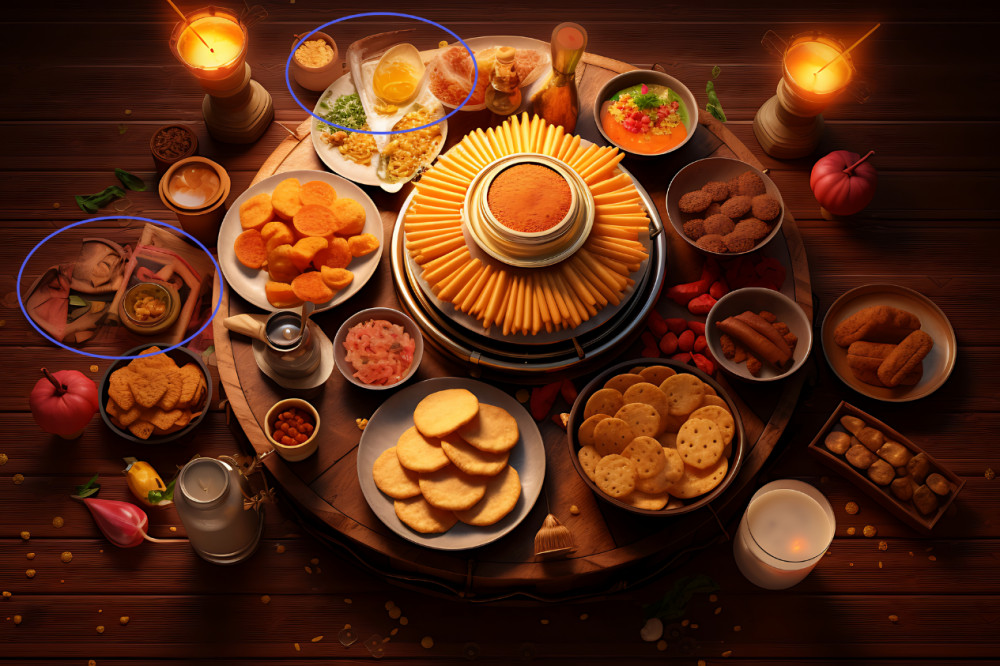
Food Offerings and Festive Plates of Kartik Purnima
255 Views
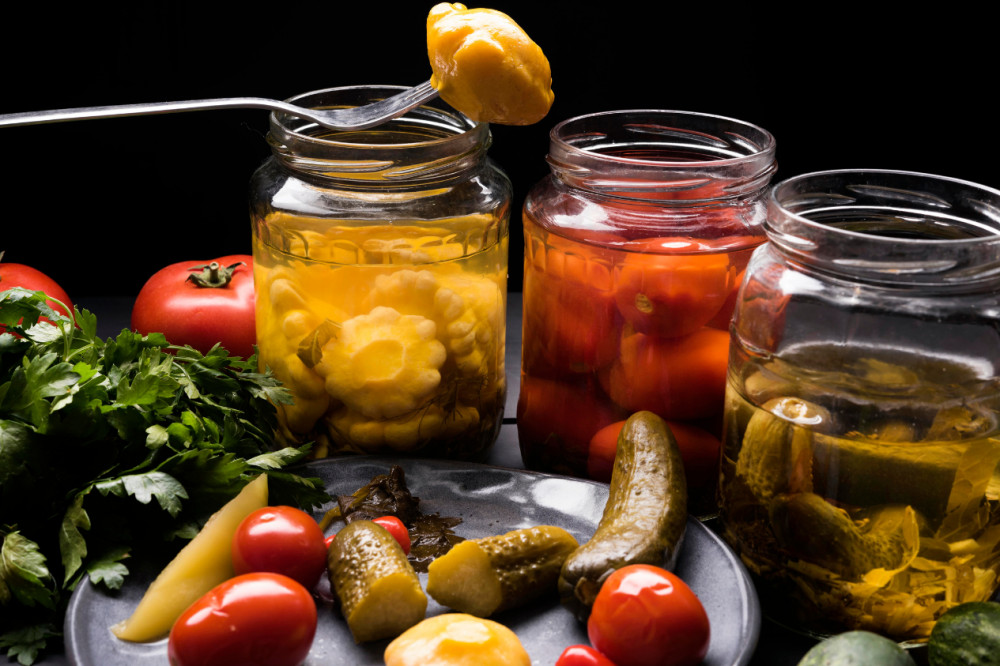
The Science of Ferment: Easy Homemade Fermented Foods
184 Views